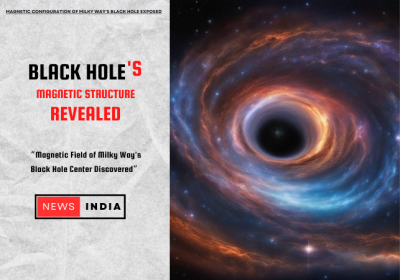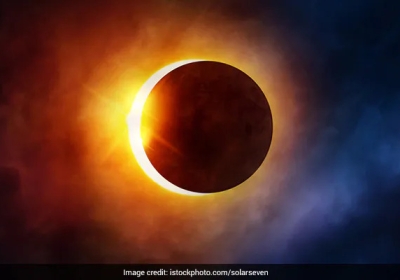Earth's Crust Study
A Piece of Earth's Crust Separation Formed This Continent! New Discovery Astonishes Scientists.
Scientists have discovered an event that occurred approximately 3.75 billion years ago. A piece of Earth's crust separated, forming an ancient continent.
Earth's Crust Study: Scientists have made a remarkable discovery while studying crystals in rivers. According to a new study, a piece of Earth's crust was also involved in the formation of an ancient continent. Within the crust, crystals of a mineral called zircon form. With their help, scientists claim to have solved the puzzle of the oldest bedrock in Europe. Using uranium-lead, lutetium-hafnium, and oxygen, scientists determined the age of the crystals. Then, their signature was compared with other ancient crusts. Analysis revealed that the piece of crust is at least 250 million years older than previously thought. According to them, its origin may be in Greenland.
The study conducted at the University of Copenhagen has revealed a lot about the formation and growth of the Archean Craton. Archean Cratons are the oldest parts of continental crusts. Their formation occurred during the Precambrian Archean Eon (4 billion to 2.5 billion years ago). It was during this time that life first appeared on Earth. Researchers published their findings in the journal 'Geology' in December last year.
According to the study, a portion of the Finland crust was found in Greenland! Previous research found evidence of early Archean crust in the Pudasjärvi and Suomujärvi regions of Finland. The team from the University of Copenhagen obtained zircon crystals from river sand in these areas. They found that the crystals had the same isotopic record as the rocks found in the northern Atlantic Craton of West Greenland. This indicates that a portion of the Finland crust was formed in Greenland.
According to scientists, the signatures of the zircon crystals found in Finland indicate that they are much older than anything found in Scandinavia. Their age matches that of the rocks from Greenland's craton samples, which indicate that the Earth was submerged in water at that time.
All these countries are located on portions of the Fennoscandian Shield or Baltic Shield. Researchers believe that this crust broke off from Greenland and continued to advance for billions of years, now lying beneath Finland. Slowly, it accumulated geological material and formed Scandinavia. The team has used the term 'Scandinavia' to refer to the Fennoscandian region. When this separation was occurring, the Earth might have been completely submerged in water.






.png)